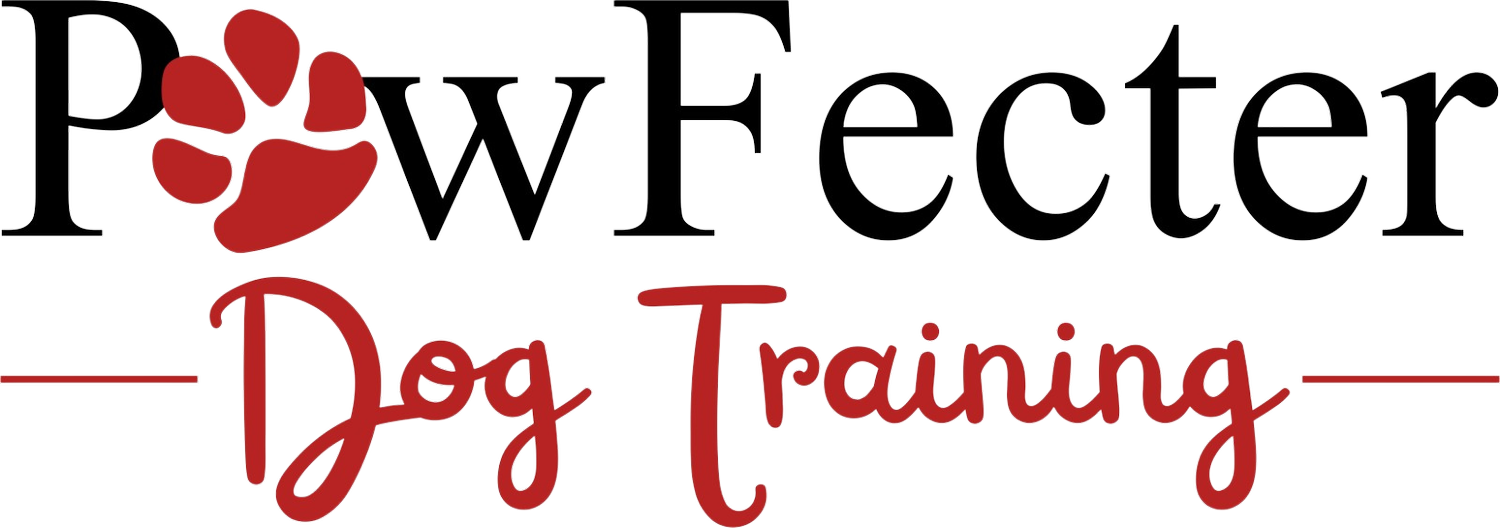Protecting Your Canine Companion's Joints: Understanding Damage, Prevention, and Care
Our furry friends, with their boundless energy and enthusiasm, rely heavily on their joints for movement and play. Just like humans, dogs can suffer from joint issues that can significantly impact their quality of life. Understanding how these joints function, the activities that can lead to damage, and the measures we can take to safeguard them is crucial for ensuring our pets live happy and healthy lives.
**Understanding Canine Joints:**
Dogs' joints are intricate structures that enable smooth movement and flexibility. They consist of bones, cartilage, ligaments, tendons, and synovial fluid, all working together to facilitate mobility. Common joints in dogs include the hips, elbows, shoulders, knees, and ankles.
**Activities That Can Cause Joint Damage:**
1. **Overexertion:** Engaging in excessive physical activity, such as prolonged running, jumping, or rough play, can strain a dog's joints, leading to injuries over time.
2. **High-Impact Sports:** Participating in rigorous sports like agility training, flyball, or repetitive tasks such as fetching can put excessive stress on joints, increasing the risk of injury.
3. **Obesity:** Carrying excess weight places undue pressure on a dog's joints, accelerating wear and tear and predisposing them to conditions like osteoarthritis.
4. **Improper Nutrition:** Inadequate diets lacking essential nutrients like glucosamine and chondroitin sulfate can contribute to joint deterioration.
**Maintaining Healthy Joints:**
1. **Regular Exercise:** While too much high-impact exercise can be harmful, regular, moderate exercise is essential for maintaining joint health. Activities like walking, swimming, and gentle play help keep joints limber and muscles strong without putting excessive strain on them.
2. **Balanced Diet:** Providing a well-balanced diet rich in omega-3 fatty acids, antioxidants, and joint-supporting nutrients like glucosamine and chondroitin sulfate can promote healthy joints and reduce inflammation.
3. **Maintain a Healthy Weight:** Keeping your dog at a healthy weight is crucial for joint health. Consult your veterinarian to determine the appropriate diet and exercise regimen for your pet's specific needs.
4. **Joint Supplements:** Consider adding joint supplements to your dog's diet, especially if they are predisposed to joint issues or are aging. Glucosamine, chondroitin sulfate, MSM, and omega-3 fatty acids are commonly recommended supplements to support joint health.
5. **Regular Veterinary Check-Ups:** Routine vet visits can help identify joint issues early on, allowing for timely intervention and management.
**How to Help a Dog with Joint Pain:**
1. **Provide Comfortable Resting Areas:** Ensure your dog has access to soft, supportive bedding to alleviate pressure on their joints while resting.
2. **Low-Impact Exercises:** Opt for activities that are gentle on the joints, such as short walks, swimming, or gentle stretching exercises.
3. **Physical Therapy:** Veterinary-recommended physical therapy techniques, including massage, hydrotherapy, and range-of-motion exercises, can help improve joint mobility and reduce pain.
4. **Pain Management:** Your veterinarian may prescribe pain medications or anti-inflammatory drugs to alleviate discomfort associated with joint issues.
5. **Surgery:** In severe cases, surgical interventions such as arthroscopy or joint replacement may be necessary to repair damaged joints and restore function.
In conclusion, understanding the importance of joint health in dogs and taking proactive measures to prevent damage is vital for ensuring their overall well-being and longevity. By providing a balanced diet, regular exercise, and appropriate supplementation, as well as being mindful of activities that may strain their joints, we can help our beloved canine companions lead active and pain-free lives. Remember, always consult with your veterinarian for personalized advice and guidance tailored to your dog's specific needs.
**Recognizing Signs of Joint Pain in Dogs:**
While our furry friends may not be able to verbally express their discomfort, they often communicate their pain through subtle changes in behavior and movement. Being attentive to these signs can help us identify joint issues early on, allowing for timely intervention and management. Here are some common indicators that your dog may be experiencing joint pain:
1. **Limping or Lameness:** A noticeable change in your dog's gait, such as limping or favoring one leg over another, may indicate joint discomfort or injury.
2. **Stiffness:** Difficulty getting up from a lying or sitting position, reluctance to engage in physical activity, or stiffness, especially after periods of rest, can be signs of joint pain.
3. **Decreased Mobility:** If your dog hesitates or struggles to climb stairs, jump onto furniture, or participate in activities they once enjoyed, it could be due to joint discomfort.
4. **Changes in Posture:** Dogs experiencing joint pain may exhibit changes in posture, such as hunching their back or holding their limbs in an abnormal position to alleviate pressure on affected joints.
5. **Reduced Activity Level:** A decrease in overall activity or reluctance to engage in play or exercise may be indicative of joint pain, as dogs often instinctively avoid activities that exacerbate discomfort.
6. **Behavioral Changes:** Irritability, restlessness, or aggression may be secondary signs of joint pain, as dogs may become more easily agitated when experiencing discomfort.
7. **Visible Signs of Discomfort:** Whimpering, panting, or vocalizing in pain when moving or being touched in specific areas can signal joint discomfort.
8. **Swelling or Heat:** Swelling, inflammation, or warmth around the joints may indicate underlying joint issues, such as arthritis or injury.
9. **Changes in Appetite or Weight Loss:** Chronic pain can affect a dog's appetite and lead to weight loss, so monitor any changes in eating habits or body condition.
10. **Difficulty Rising or Lying Down:** Dogs with joint pain may struggle to get up from a lying position or experience difficulty lying down comfortably due to discomfort in their joints.
If you observe any of these signs or suspect that your dog may be experiencing joint pain, it's essential to consult with your veterinarian promptly. Early detection and intervention can help alleviate discomfort, slow the progression of joint disease, and improve your dog's overall quality of life. Your vet can provide a thorough examination, recommend appropriate diagnostic tests, and develop a tailored treatment plan to address your dog's specific needs.

